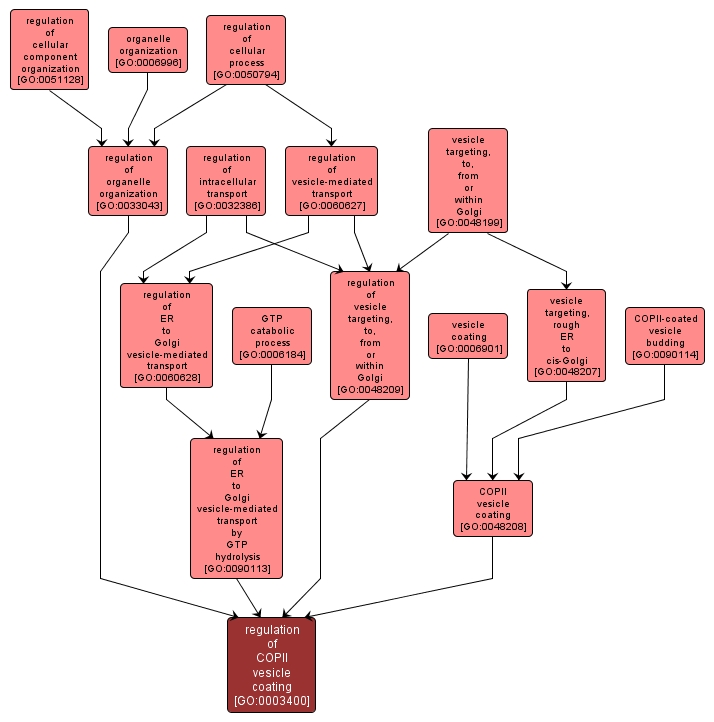GO TERM SUMMARY
|
| Name: |
regulation of COPII vesicle coating |
| Acc: |
GO:0003400 |
| Aspect: |
Biological Process |
| Desc: |
Any process that modulates the rate, frequency, or extent of the addition of COPII proteins and adaptor proteins to ER membranes during the formation of transport vesicles, forming a vesicle coat. |
|

|
INTERACTIVE GO GRAPH
|














